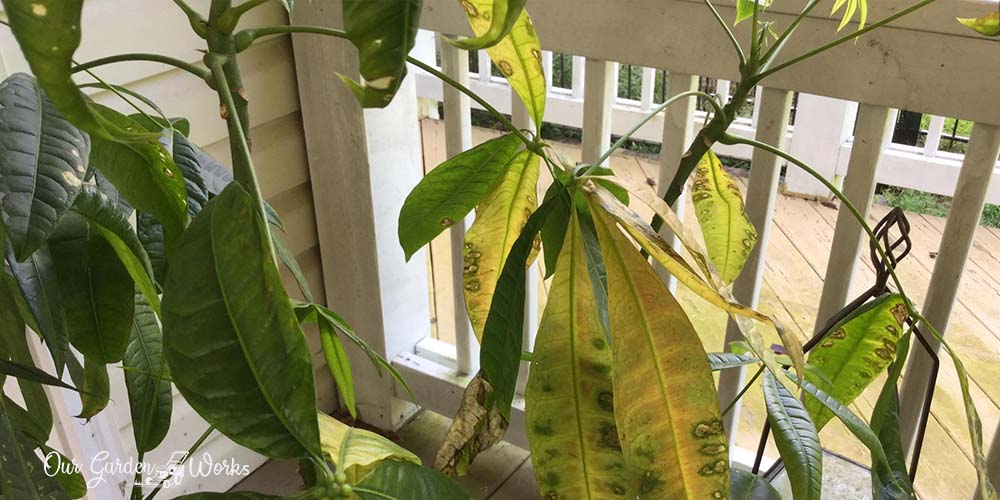A money tree is a plant that is believed to invite good luck and prosperity in a household. So, when you experience money tree yellow leaves, does that mean that the luck is about to be jeopardized? The good news is probably no but the health of your money tree might be at stake.
In this post, we will share the possible causes of money tree yellow leaves and what are the steps that you can do to spruce up your plants. A money tree is not particularly sensitive. However, when they get sick, it can be hard to get them back to their full health.
Before we discuss all the jazz about care tips and methods, you must know which money tree is discussed in this post. If you’ve been a green thumb for a long time, you have probably heard that there are two kinds of plants called money trees.
The Two Money Trees: Pachira Aquatica and Crassula Ovata
Pachira Aquatica or Malabar chestnut is a tropical plant that originated in the southern parts of the US. It is the lucky tree or the money tree known to the western region. Most growers braid its trunk to symbolize the locking in of luck to the household where it belongs.
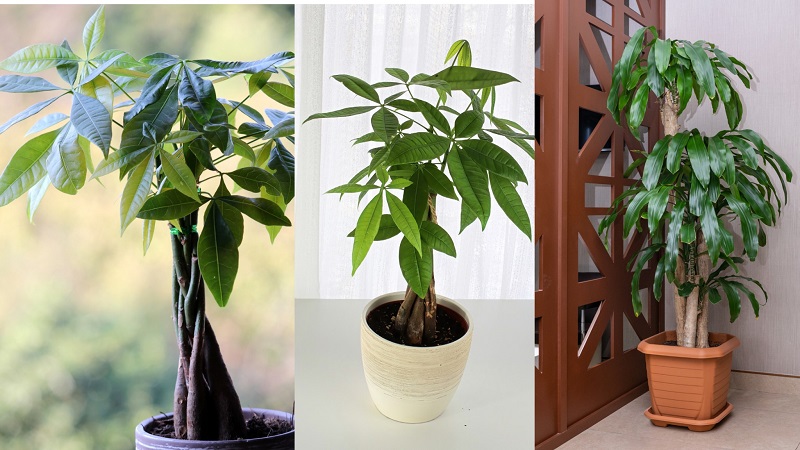
Crassula Ovata or jade plant, on the other hand, is a type of succulent that originated in South Africa. It is also referred to as the money tree in Feng Shui due to its fleshy leaves and thick stems. You will often find it in front of Asian stores and homes to bring good luck to the business and homes.
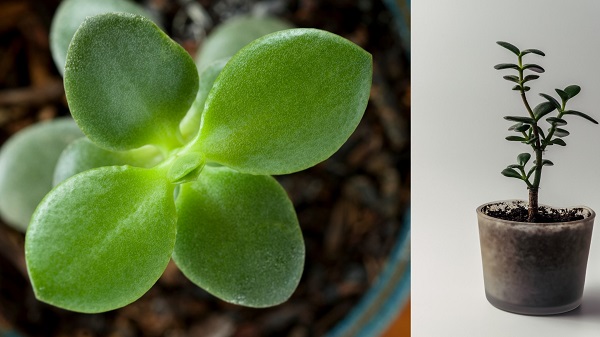
Though both plants are interesting, the ones we will discuss in this post is the money tree popular in the US, which is the Malabar tree.
6 Causes of Money Tree Yellow Leaves and The Solutions To Save Your Plant
Now, let’s move on to the money tree yellow leaves problem that you have. Pachira Aquatica is a tropical plant that is often found in swamps in South America. However, as more people try to cultivate them indoors their ability to thrive in wet soil has changed over the years.
Like other tropical plants, it thrives in warm weather. However, there are some exceptions to the rules which might have caused the yellow leaves on your money tree. The goal of treating yellow leaves is to ensure that the new leaves are green. The leaves that have gone yellow will never go back to green again.
Here are some possible angles to look into:
Overwatering/Poor soil Drainage
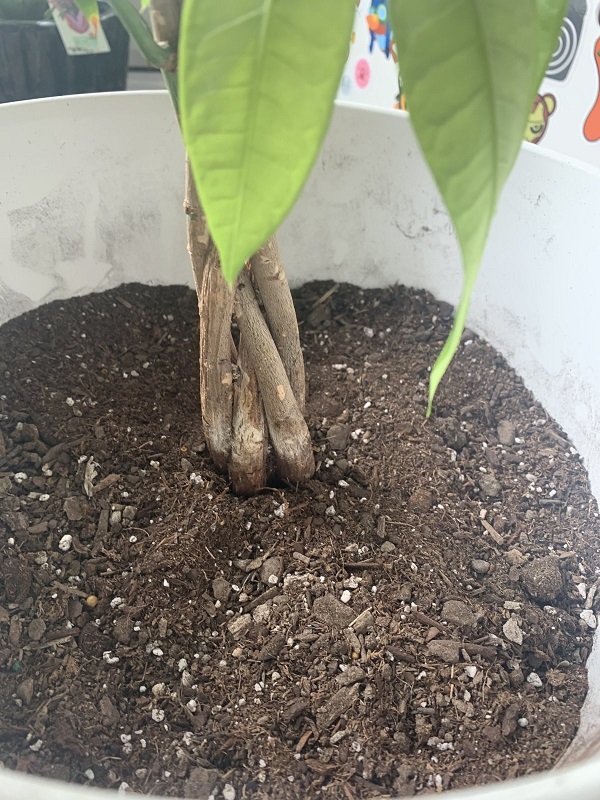
Too much love can kill your money tree, especially if you love to water them frequently. They may have originated from swamps and wetlands but money trees hate wet feet. They enjoy an occasional shower and can live with it for several days.
When overwatered, the roots of the money tree will drown in water and will fail to get enough nutrients from the soil. Simply put, the leaves become malnourished because of nutrient deficiency.
The best way to gauge when to water them again is when the soil is 50% to 75% dry. Unlike outdoor plants that receive direct sunlight, the soil in indoor money trees takes a long time to dry up. Since they also thrive in tropical climates, damp to semi-dry soil is better than a soggy one.
If you’ve been monitoring your watering schedule and still get a few yellow leaves, the problem might be in the soil drainage of the pot. Check the following to know if you have well-drained soil and add more perlite of sand to adjust the drainage:
- Are there any drainage holes in the pot?
- Does the water above the pot decrease one hour after you water it?
- Does the soil contain any amendments that will help improve drainage?
If all of your answers are yes, then maybe there is another problem that causes the yellow leaves. Ideally, an inch of water above the soil should be drained within an hour. If it stays stagnant, then you have to work on your soil before it causes root rot on your money tree.
What to do with an overwatered money tree
So, you’ve concluded that you mistakenly overwatered your money tree. Forgive yourself for loving it too much and help it survive by doing the following steps:
- Remove the plant from the pot to check the roots if it’s already rotting.
- If not, put it back in and stop watering it for a while until it dries up for about 50% to 75%. The stems of the money tree are its reservoir and hold a lot of water so don’t be afraid to let the soil be dry enough before you water them again.
- If you found some dark spots or smell something pungent when you removed the tree from the pot, then you’re dealing with root rot.
- When dealing with root rot, you have to transfer the tree into another pot and hope that it will survive. First, you need to wash the roots and prune out decayed and slimy roots. Then, place it in a new pot with well-draining soil. If all the roots have been affected, then you should consider propagating your money tree and growing a new one from cuttings.
Tips For Watering Money Trees
Here are some of the tips to prevent overwatering your money trees:
- Deeply water your money tree twice a month or less depending on how they absorb water.
- Never leave the catch basin at the bottom of the pot.
- Use a moisture meter to check the moisture level in the soil.
- The ideal soil for money trees is any type of potting mix that adds some perlite to it. To make a potting mix on your own, you can use a combination of peat moss, perlite, sand, or pine bark.
- Make sure to avoid watering your money trees during winter. Maybe water them once a month. During the colder months, money trees are hibernating and do not absorb water from the soil. So if you water them frequently, they may end up with root rot and die.
Transplant Shock
When transplanting plants, it’s normal for them to adjust to their new home. The leaves may start to yellow or the stem may become droopy. Give your money tree some time to adjust, and you’ll see it perk up again.
Another common mistake among growers is transferring money trees into a pot that’s too big for them. The volume of the soil will overpower the capacity of the roots to absorb moisture. As a result, moisture will be retained in the soil causing root rot.
Pests
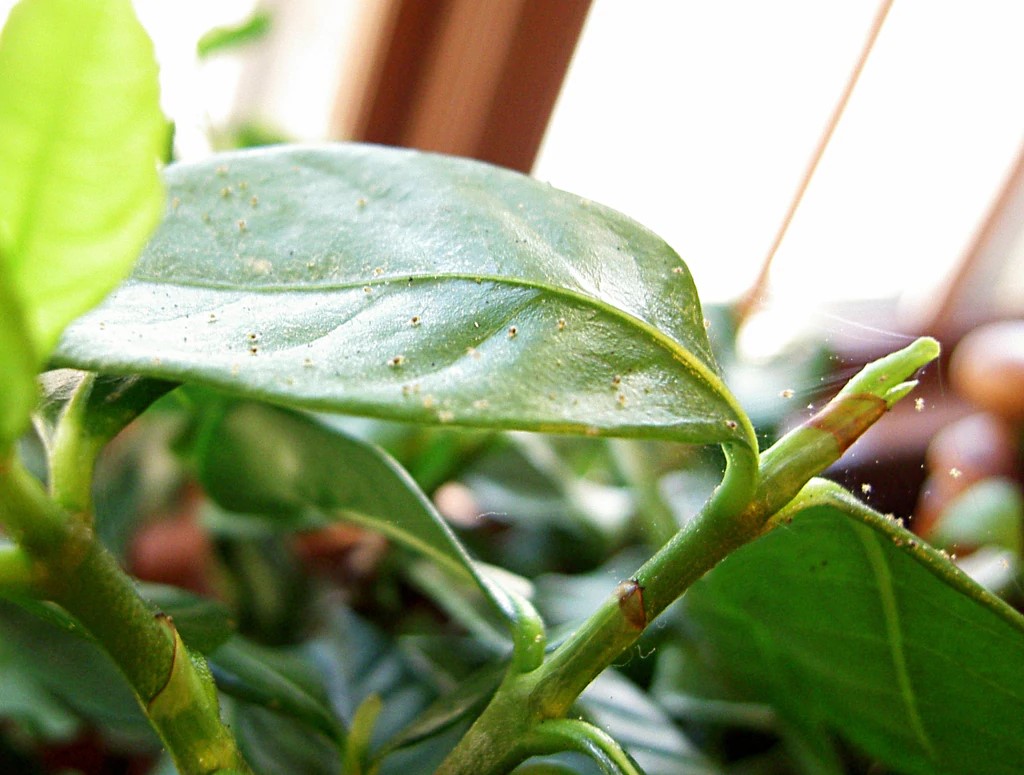
What other species is to blame for yellowing than the sap-sucking insects? Money trees can also fall victim to hungry aphids and spider mites around the area. They usually hide in the undersides of the leaves and some boldly stay on top of the leaves too.
The worst thing about having pests on your plants is they deteriorate the health of the plant, making them susceptible to fungal disease.
So, before that happens, you must try wiping the leaves with soapy water. If that doesn’t work, then you should consider an organic insecticide like neem oil.
Too Much Sun
Since you’ve heard the word tropical in this post a lot of times now, you might think that money trees love the sun. Well, they do but do not like basking in it. Money trees propagated indoors may find the direct sun too harsh for them to handle. The indirect light from the window is enough for them to thrive.
If you’re planning to ‘train’ them to adapt to direct sun exposure. You must gradually expose your money tree to it. Otherwise, they will experience burned leaves and possibly die if left under the scorching summer heat.
Dry Air Quality
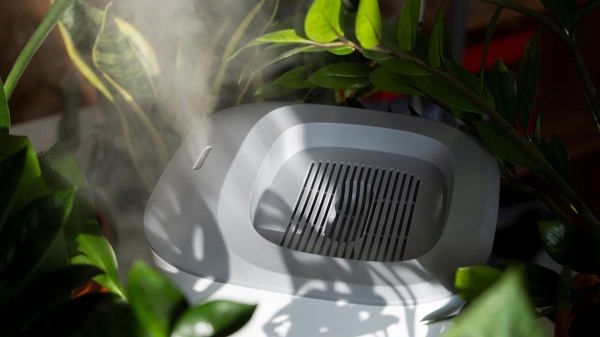
Money trees can pass up on direct sunlight but not with humidity. The ideal room temperature for indoor money trees is 68°F but they can also manage to thrive at 53.6°F to 77°F. They are frost-sensitive and should not be placed in areas where there are cold drafts or next to heaters.
If they get into temperature stress, yellow leaves may start to appear. If the indoor air is too dry, you may mist the leaves of the tree using plant atomizers. You may also place a humidifier in the room to maintain the ideal humidity level for your indoor plants.
Old Age
Lastly, mature money trees naturally shed old leaves to make way for new ones. It’s a natural process for plants. In some cases, the leaves even fall on their own and the next day you’ll notice new sprouting leaves from the stems.
You may remove the old yellow leaves to help preserve the energy of your plant for bringing in its new foliage.
Frequently Asked Questions (FAQs)
Should I remove yellow leaves from the money tree?
You can do it but you can also leave it on the stem. However, some growers prefer to remove the dried and yellowing leaves for aesthetic purposes and to prevent the spores of fungal diseases from infecting the whole plant through the decaying leaves.
How do you fix an overwatered money tree?
First, you have to stop watering and look for any signs of root rot. Once you’ve checked the roots and found that there’s root rot starting to spread, you have to re-pot the tree. Remove its decayed roots and place it in clean soil and a new pot.
How can you tell if a money tree is dying?
Yellow leaves are usually the first sign that the plant health of a money tree is deteriorating. Then, brown leaves will start to emerge and the stems will start to droop. When the plant has become very weak, pests and fungal diseases will start to feast on it until it dies.
How do I bring my money tree back to life?
To revive a money tree, you need to place it in a humid area where it gets indirect sunlight. Some growers place their money tree on the window sill of their bathroom window. Deeply water the tree once until the water drips in the drainage holes and let it recuperate for a few days.
How do you know if a money tree is healthy?
A healthy money tree has lush green leaves with upright stems. There is no discoloration at the base of the stem and the leaves have a shiny surface or matte surface.
What should I feed my money plant?
Money trees are not picky when it comes to fertilizers. A general fertilizer with a 10-10-10 NPK is enough to support its growth. You may also add compost if you prefer a more organic way of feeding them.
How do you fertilize a money tree?
You only need to feed your money tree when they are actively growing new leaves. Fertilize them once a month from spring to summer. Don’t fertilize them during the cold months since they are in hibernation.
How can you tell if a money tree has root rot?
Root rot doesn’t usually manifest in the leaves of a money tree. The leaves may appear green and crisp but the roots are already rotten.
The first signs are yellow leaves and discoloration at the base of the stem. When you lift the plant you will notice that the roots have gone mushy and there’s already a rotting smell due to the decomposition of the roots.
Final Thoughts
We hope that this post helped you discover the reason behind the money tree yellow leaves that suddenly popped out in your plant. It can be hard to figure out the cause at first, but we highly suggest doing the elimination process.
Check first if overwatering is the problem, which is the most common issue in money trees. Then move along to the next cause until you find the culprit.
Share your experience in treating money tree problems with us in the comments below. Also please don’t forget to share this post with your friends and help them figure out what causes the yellow leaves on their money trees.
Good luck and we hope that you’ll revive your money tree in no time.
